February 9, 2017
Mario Martínez works for the Revolving Fund of the Pan American Health Organization (PAHO), a pooled purchasing system for vaccines amongst Latin American countries. He has spent years in this “business”, as he calls it and with the memory of how diseases that have been practically eradicated today could decimate entire generations just a few years ago, he is worried by the lack of confidence in vaccines amongst certain segments of the population. “A mistake in this field could destroy the past hundred years of successes”. Since Edward Jenner used cowpox to create a vaccine against the smallpox and coined the word vaccine -from the Latin ‘vacca’ for cow-, in the late 18th century, there have been many such achievements.
Mario Martínez, from PAHO. | Vídeo: Manuel Penados.
In 1980, nearly two centuries after Jenner’s experiments, smallpox was officially eradicated worldwide. That was the end of the disease, a serious infection that caused fever, covered the body with rashes and bumps and carried a high mortality rate.
The end of polio is very near. In 2016, just 42 cases of this disease were recorded worldwide, across just four countries: Pakistan, Afghanistan, Laos and Nigeria. Europe, America and the Pacific region have already been declared polio-free areas, a status which is only achieved after three consecutive years with no recorded cases of a disease.
Discover how polio cases have decreased from 1980, almost disappearing.
Play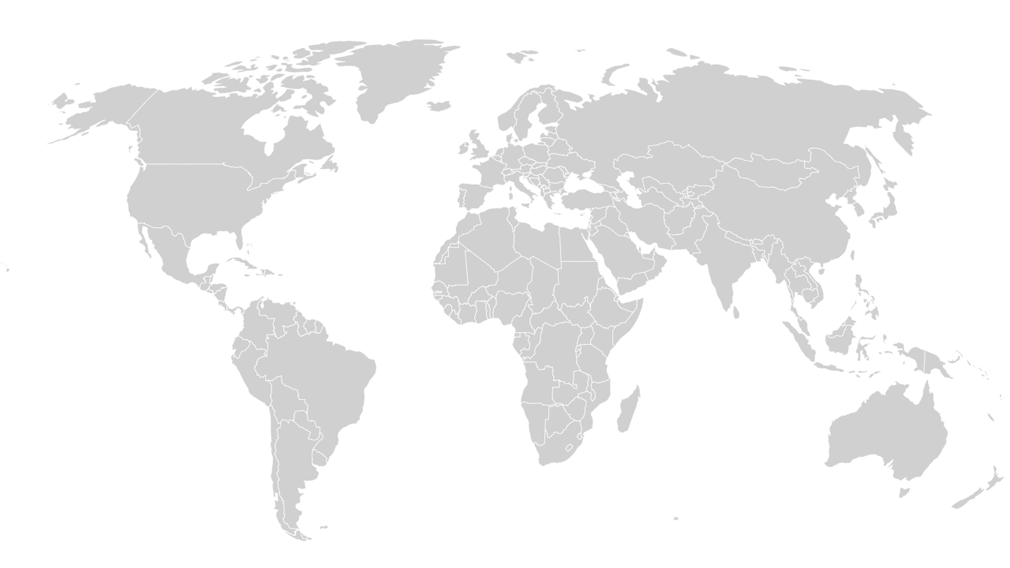

This is an impetus for humanity (if it keeps its guard up) to literally wipe off the face of the earth a disease that mainly affects children and, in the early 20th century, terrorised the population. The virus causes fever, fatigue, migraines, nausea and pain and stiffness in the limbs. In some cases, it can cause paralysis and develop into deformities, an image that remains etched in the minds of those that lived with it. Another infamous image is that of the so-called iron lungs, metal chambers that were used to treat the most serious cases of polio, cases in which paralysis had affected the respiratory system of the patient to the point where it could no longer function unaided. Each patient was contained within an airtight chamber, with only their head and neck outside. By means of what was called negative pressure, the lungs of the patient were allowed to inhale and exhale.
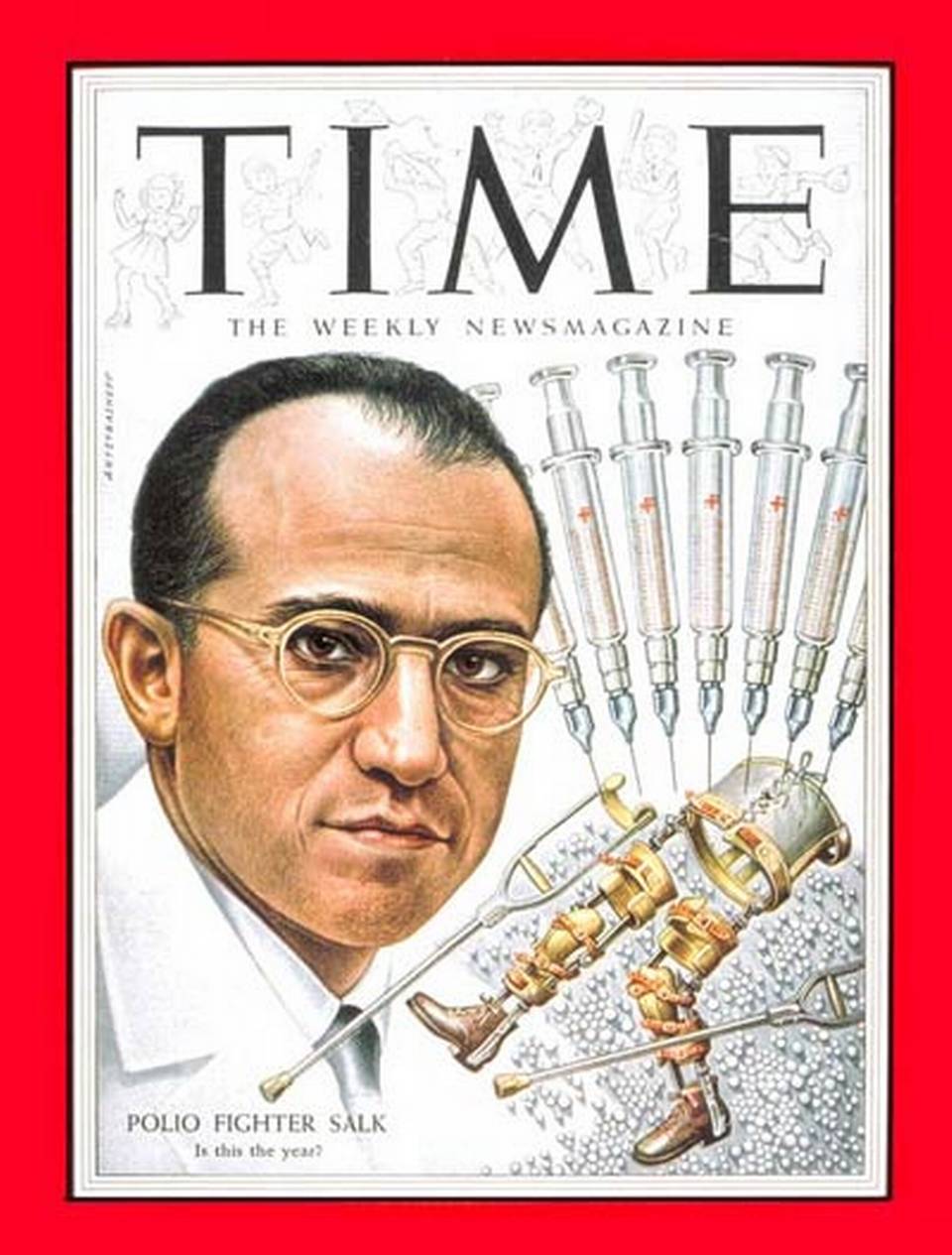
In the context of this health crisis, Jonas Salk created the vaccine against the disease and renounced its patent. Just over 60 years ago, it began to be used. Shortly after, Albert Bruce Sabin developed the oral polio vaccine, the key to reaching millions of children worldwide, thanks to its ease of administration.
These are just two examples of the many men and women that have contributed, since the first inoculations, towards raising a preventative shield to tens of diseases. Many of them had lived closely with a disease, as Camille Guerin, who saw how his father and his wife died of tuberculosis. They investigated it with an extra measure of personal motivation.
The pioneers
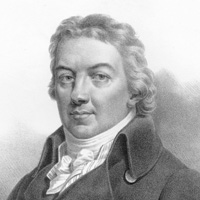
Edward Jenner
Inventor of the first vaccine. At a time when smallpox was a killer in Europe, Jenner observed that cows suffered a type of smallpox with wounds on their udders and that the milkmaids that became infected with this less serious type of bovine smallpox did not contract the disease in its human form.
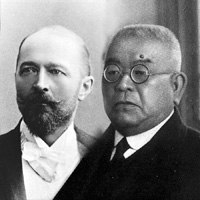
Emil von Bering & Shibasaburo Kitasato
Disciples of Robert Koch in Berlin, Behring and Kitasato discovered the antitoxins for tetanus and diphtheria in 1890. Behring received the Nobel Prize in Physiology of Medicine in 1901.
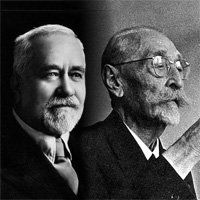
Albert Calmette & Camille Guerin
In 1905 they began to research tubercle bacillus at the Pasteur Institute in Lille, until the outbreak of the First World War. In 1921 they discovered the vaccine against tuberculosis, which had taken the lives of Guerin's wife and father.
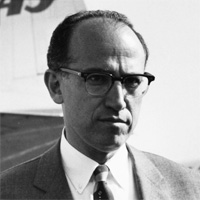
Jonas Salk
In 1955, having tested the polio vaccine in a group of volunteers, including his family, the antigen was proven to be safe. Salk refused to exploit his discovery financially and did not patent the vaccine.
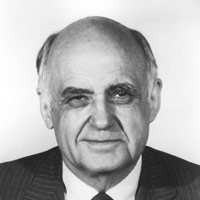
Maurice Hilleman
Responsible for the development of over 40 antigens for the pharmaceutical company Merck. In 1963, his daughter contracted mumps and Hilleman took a sample. After four years cultivating the virus, he discovered the vaccine.

Grace Eldering & Pearl Kendrick
In the 1920s these two women developed the first vaccine for whooping cough. They asked for help to raise funds from US First Lady, Eleanor Roosevelt, a supporter of childhood immunization. Her husband, President Roosevelt, had mobility problems due to the consequences of polio.
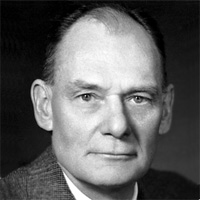
John F. Enders & Thomas C. Peebles
Discovered the measles vaccine as Peebles was the first to isolate the virus. This strain is still used to produce new vaccines to this day. Before this research, Enders received the Nobel Prize in Medicine in 1954 for his work in cultivating the polio virus.

Ian Frazen & Jian Zhou
Frazen, a Scottish professor in Australia; and Zhou, a Chinese researcher, discovered the vaccine against the human papillomavirus, the main cause of cervical cancer. Zhou died in 1999, before the introduction of the vaccine in 2006.
The success of vaccines is not just measured in wars won, such as smallpox or (nearly) polio, but also in terms of victorious battles. Certain diseases are still present, but their impact has been greatly diminished due to immunization, along with other improvements in healthcare.
Although it reappears in certain areas, measles is one of the diseases in which the reduced strength in the enemy camp is most evident. Before use of the vaccine was approved in 1963, measles killed millions of children every year. Although 73,844 children under four years of age still died from measles in 2015, there has been a drastic decrease in the number of cases and deaths.
The three vaccines that compose the DPT vaccine (diphtheria, pertussis (whooping cough) and tetanus) have also resulted in achievements: for instance, the number of cases of whooping cough has fallen from two million in 1980 to around 142,000 in recent times, a figure that, regrettably, remains fairly stable, as does the figure of 60,000 annual deaths from this disease.
Evolution of the number of cases for each disease in the world
Measles and pertussis share the same scale, different to the one used in diphteria, polio and tetanus.
Measles
Pertussis
Diphteria
Polio
Tetanus
Rubella has been eradicated in the Americas region, and across the whole continent cases now only occur in the United States. Although the disease still affects 22,000 people a year worldwide, this figure is far lower than the peak of 875,000 in 1999.
New vaccines against malaria and dengue fever are starting to be used in certain countries and the first results of the vaccine against ebola and the research teams working on vaccines against HIV and cancer worldwide are paving the way for achievements which still sound like science fiction. But then, nobody ever imagined that Jenner’s experiments with cows would be the first step towards total eradication of smallpox.

















